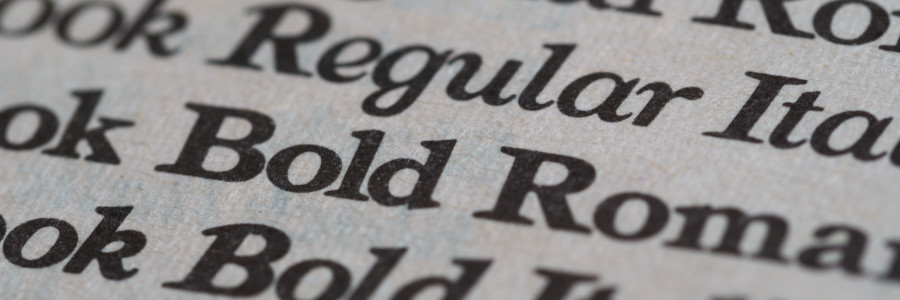 The history of Times New Roman
The history of Times New Roman
The wide availability of Times New Roman led to its wide use by pretty much everyone.
If asked to write something in a serif font, most people would probably pick Times New Roman. But have you ever wondered why this somewhat antiquated font remains so popular?
As Ricky Lucas at The Futur Academy explains in this 2020 video, part of the reason for the staying power of Times New Roman is that it was everywhere for long enough that it became the "standby" font, the one that people just use by default.
The story starts with the London newspaper, The Times. For much of its history, The Times used an unnamed serif typeface in its broadsheet-style newspapers. There is an Internet myth that this previous typeface was called Times Old Roman, but the font was not known by a specific name, it was just the typeface used at The Times newspaper.
Stanley Morison, a British typographer, wrote in The Times to complain about the ugly typeface, which he considered antiquated and hard to read. As Lucas explains in the video, Morison worked with a professional typesetter to design a new font for The Times, under a set of parameters such as narrow typeface with wide spaces within the letter forms. The new typeface needed to look good in print, but not require a lot of ink to print on newsprint. The result was Times New Roman.
Lucas further describes how the font became popular for office and personal printing needs. Academia adopted Times New Roman, which further spread the font's popularity. Today, you can find Times New Roman in all kinds of documents, from class papers to government reports.
Watch the full video on The Futur Academy's YouTube channel:
